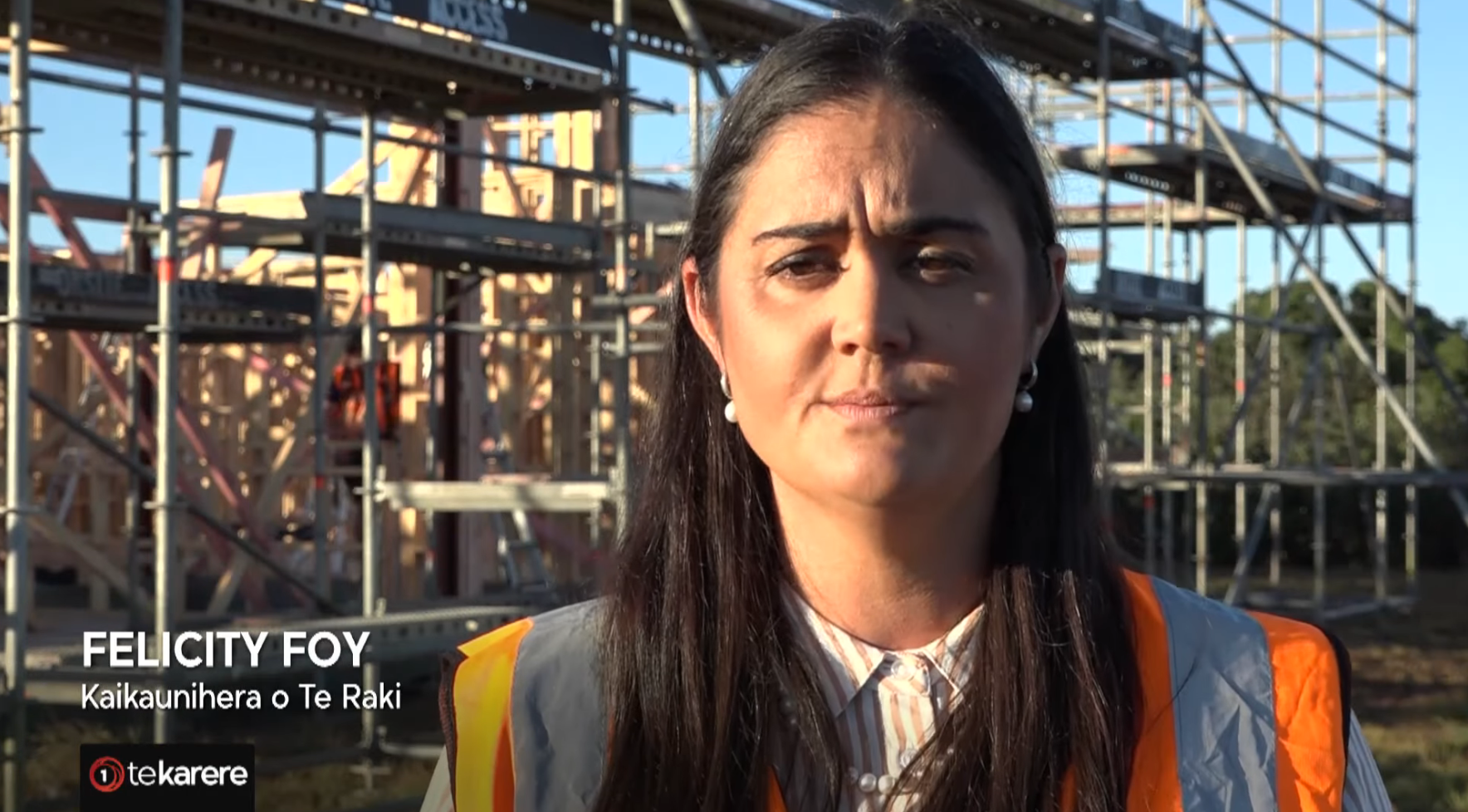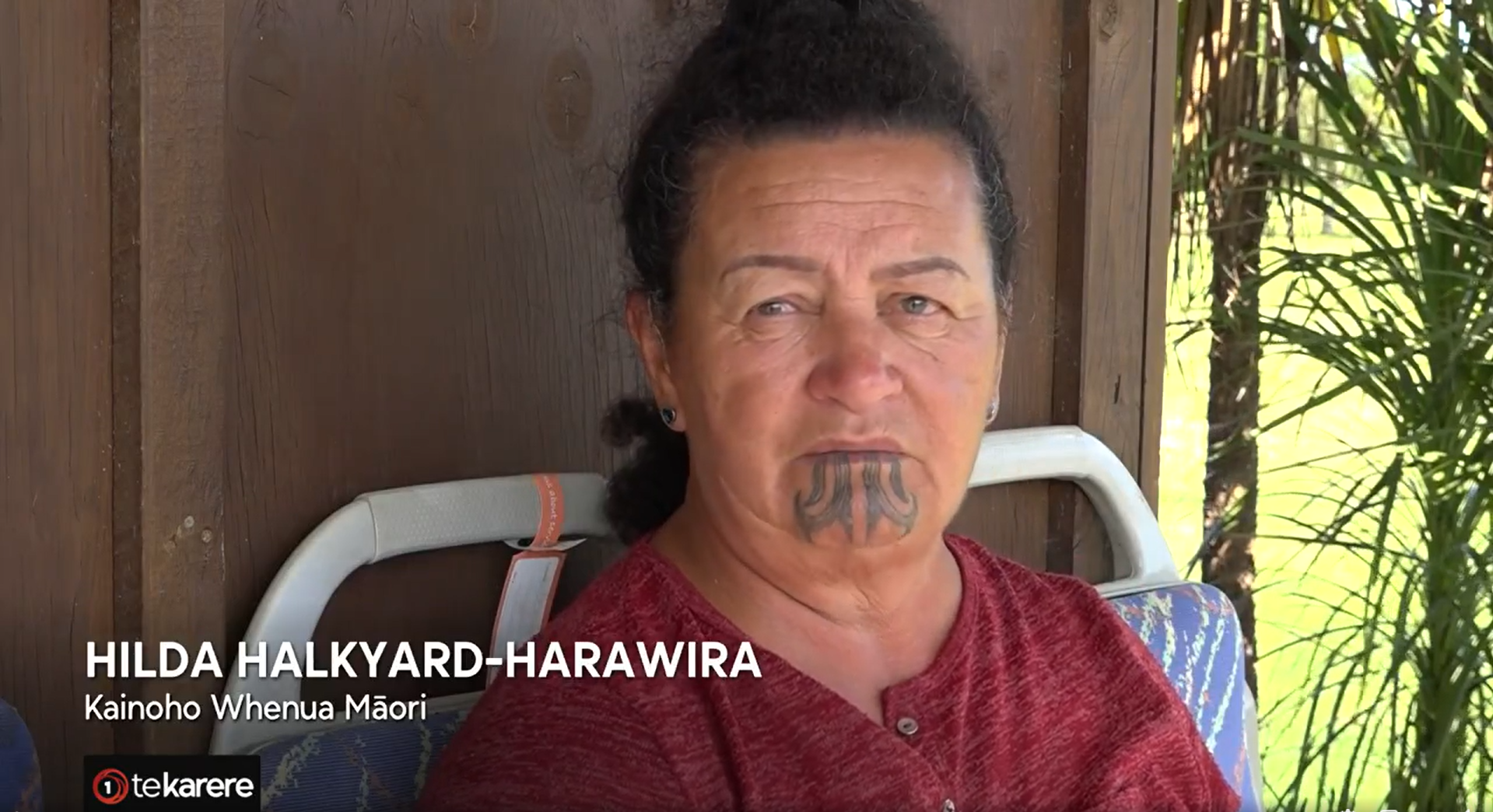Council calls for common-sense on insulation and glazing

The council is calling on the government to give Far North home builders a financial break by conceding that the very northern parts of the district are hotter than the rest of the country.
In a letter to the Minister for Building and Construction, Chris Penk, the Far North District Council asked that a new climate zone be created for the top of the Far North and that H1 Building Code insulation requirements be changed to better reflect the local climate and reduce the cost of new home builds. H1 specifications regulate building energy efficiency.
The letter, signed by Far North Mayor Moko Tepania, and councillors Felicity Foy and Hilda Halkyard-Harawira, points out that the area known as Te Hiku – north of a line from Ahipara to Mangōnui – has on average 200 more sunshine hours than Auckland. Because of this, less energy is required for heating during cold periods (mean annual heating degree days). Despite those climate differences, the Far North must currently apply the same building insulation regulations as Auckland.
Councillor Felicity Foy says that rapidly rising building costs is making the dream of building a new home unaffordable for many in the Far North. “Building healthy homes that are warm and dry is sensible, but current regulations demand we spend money on materials we do not need such as Low-E glass, thermally broken glass and huge amounts of insulation. This is not a good use of funds for anyone building a whare in our district.”
Low-E and thermally broken glass window technologies reduce heat loss in winter and heat gain in summer. Both options are more expensive to install than standard window joinery.
Councillor Foy says that data from NIWA clearly shows that temperatures in the very north of the country are warmer than Auckland. “We deserve our own climate zone to guide appropriate building standards for our communities.”
The letter to Minister Penk also asks that the government reconsider insulation requirements for hybrid homes. These are buildings connected to the national power grid but that also have solar, wind or other energy supplies. Currently, all new buildings connected to the grid must apply H1 insulation and glazing requirements. However, ‘off-grid’ homes that generate their own power are not required to have H1-level insulation.
“Everyone I ask says they would rather spend money on installing solar panels than on unnecessary insulation and glazing,” says Councillor Foy. The council is proposing reduced H1 (insulation and glazing) requirements for hybrid buildings and has suggested a new calculation that allows homeowners to tailor insulation requirements based on the amount of energy sourced by alternative energy sources.
She says that aside from high sunshine hours, investing in solar power and other alternative energy sources is even more attractive for those in the Far North due high energy costs. “Our power prices are higher than in Auckland and among the most expensive in the country.”
The letter followed a submission made by councillors to the Ministry of Business, Innovation and Employment (MBIE) on the H1 clause of the Building Code. In the submission, they raised concerns about H1 compliance costs. The follow-up letter, sent to Minister Penk on 13 March, suggested options for MBIE to consider that might reduce insulation costs by recognising climate differences and using reduced insulation specifications where homes use alternative energy sources.
The call for the government to create a new Far North climate zone has attracted national interest with stories appearing in print and broadcast media. Earlier this month, both councillor Foy and Halkyard-Harawira appeared on TV1’s Breakfast programme and on Te Karere.
Main and Below: Councillors Felicity Foy and Hilda Halkyard-Harawira on Te Karere


